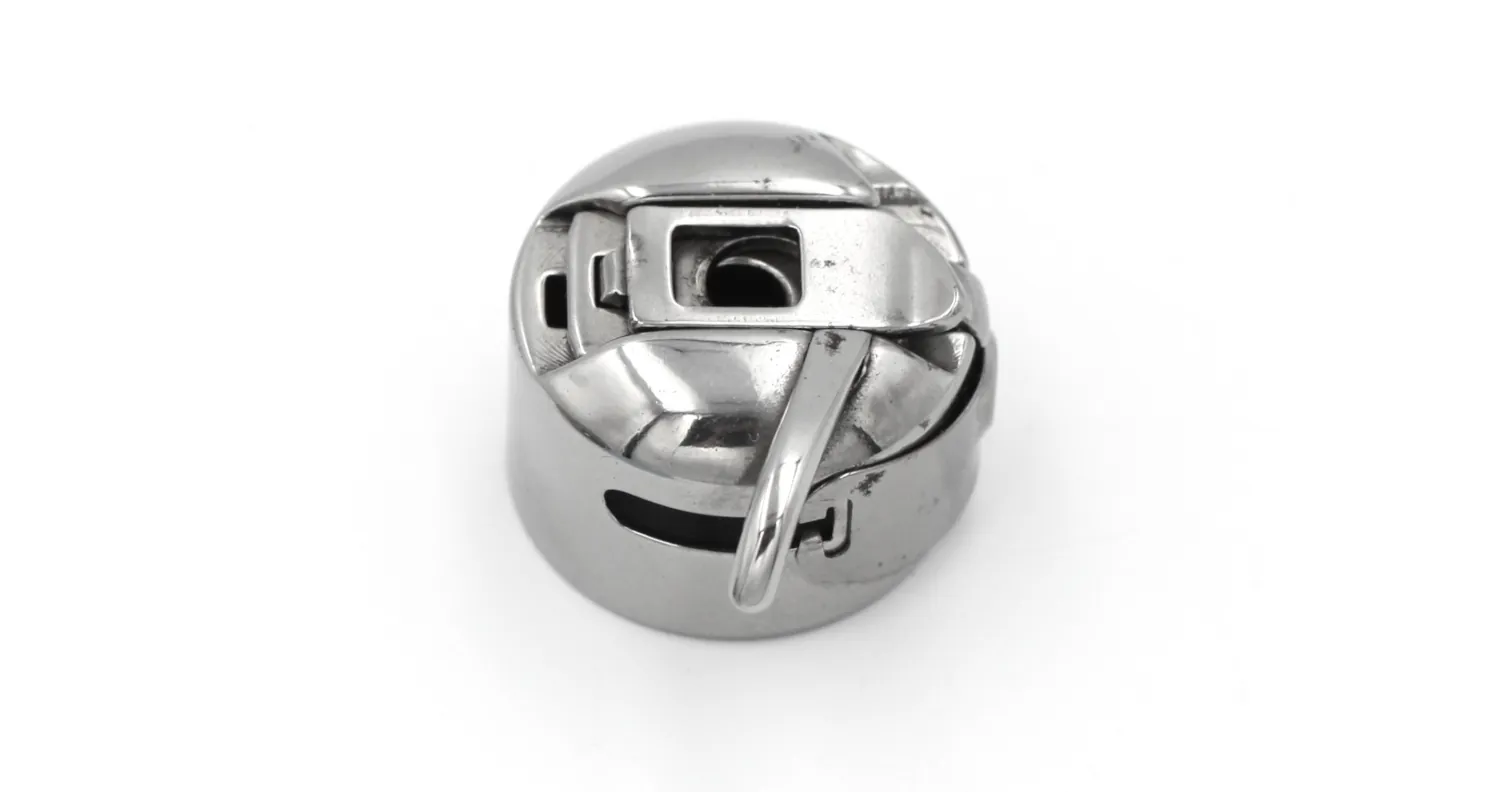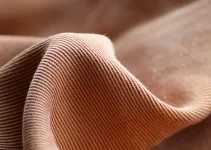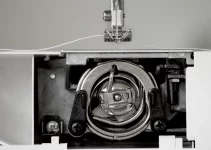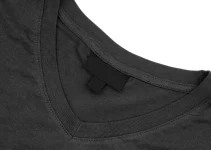By answering the question can you use sewing machines without bobbins we’re actually going to see why sewing machines need bobbins to stitch fabrics together.
The simple explanation is that bobbins are an essential component for sewing machines. Without bobbin, the stitches won’t happen.
No bobbin, no machine sewing.
I also wrote a short tutorial on how to fix a sewing machine that is not picking up the bobbin thread. If you’re having this particular check that out or take your machine to a professional to check it out.
Why sewing machines need bobbins

In order to stitch fabrics together, a sewing machine needs two threads: upper thread and bobbin thread.
The bobbin thread is the bottom thread because it comes from the lower part of the machine. Usually, the same thread is used both as upper thread and bobbin thread.
Thus, in theory, you can use sewing machines without bobbins and it won’t damage any components, there’s no risk to ruin the machine if there’s no bobbin in its case.
Nevertheless, if there’s no bobbin thread, then it means that the machine is only stitching with the upper thread, which means that the thread will pull right out as the needle moves.
The machine will be functional but the thread won’t form stitches without the bobbin thread.
Only hand sewing can be done with a single thread if you don’t want the stitches to be too visible. If you’re into hand sewing, you can learn how to thread a single-threaded needle from this very short video.
Therefore, the practical answer to the question can you use sewing machines without bobbins is no because we get no stitches to hold the fabrics together.
What are bobbins?

Bobbins are small, round, wheel-like components where thread is spun around. They’re small spools that hold the lower thread.
This is called bobbin winding. Before threading your machine, you have to wind thread onto the bobbin.
As a rule, you shouldn’t add thread to a partially wound bobbin because it can be uneven, causing the thread to tangle or break.
Each machine comes with its own instructions so you should follow those. If you still can’t figure it out, search your model on YouTube because there are plenty of guides for everything related to sewing machines.
No matter if you own a machine under $50 or a machine under $100 or a more expensive sewing machine, each model comes with a bobbin winder, a spool pin where the thread spool is placed, and a bobbin winding tension disk. These are the main components for winding thread onto the bobbin.
One last thing you should remember: don’t overfill your bobbin, don’t wind too much thread onto it because it can cause tension problems or thread breakage. The thread must stop just a bit below the sides of the bobbin.
We can get machines with top loading bobbins or machines with vertical bobbins. It’s just a matter of how you insert the bobbin and its case in the machine.
You must always use the right bobbin for your machine because the wrong model won’t turn smoothly.
What is a bobbin case?

It’s a small round house for the bobbin.
Its main purpose is to support the bobbin in the sewing machine so that stitches can be formed. It holds the bobbin snuggly so that the machine can neatly unravel the thread.
If the case is damaged, stitches will not form correctly. The case adds tension to the bottom thread. It’s almost just as important as the component that it’s holding.
Moreover, once again you can understand why the answer to the question can you use sewing machines without bobbins is no.
Plastic and metal bobbins
Bobbins can be made from metal or plastic. As long as they’re of high quality and well made, both types can be durable and perform in the same way.
For example, Singer machines use Singer bobbins class 15 transparent.
A pack of 4 is incredibly cheap so you absolutely don’t have to test if you can use sewing machines without bobbins because, besides the extra bobbins that each sewing machine includes among accessories, you can easily buy extra if something happened to the ones you had.
Brother also uses transparent bobbins.
Nowadays, most of them are made of plastic and they’re transparent so you’ll easily see when thread is running out.
Even those made of plastic are durable. However, for those used to older machines like myself, seeing a plastic bobbin instead of a metal one still feels a bit weird.
Types of machines that don’t use a bobbin
All sewing machines use a bobbin and they can’t stitch without one because these are the spools that hold the lower thread. The other part of the stitch is the upper thread.
Besides sewing machines, we also have other types of machines:
- sergers
- overlock machines
- chainstitch machines
These are the ones that don’t use a bobbin.
These 3 types are completely different from regular sewing machines that we use for making clothes, for mending, for leatherwork, for making curtains, quilting, and so many other patterns and garments.
Sergers and overlock machines are specialized models that make the overlock stitch, which is used for edge finishing and seaming.
Thus, sergers will only sew on the edge of the fabric. These are those models that are pictured with 4 spools of thread. That’s right, sergers will need 4 spools of thread to sew a 4-thread overlock construction seam.
If we were to establish a difference between sergers and overlock, we could say that sergers have a built-in cutter to trim the edge of the fabric, while overlock machines don’t have a cutter. However, these two terms are usually used interchangeably or they’re generally named sergers and overlock machines.
Chainstitch machines are models that form the stitch with a needle and one or more loopers. The thread is looped to interlock and forms a chain. Since no bobbin is needed, a chainstitch machine can sew for a long duration without having to stop. Chain stitches can be found on waistbands and leg seams of jeans.
All in all, I hope I managed to answer the question can you use sewing machines without bobbins in a manner that makes you understand just how crucial this component is, together with the bobbin case.




